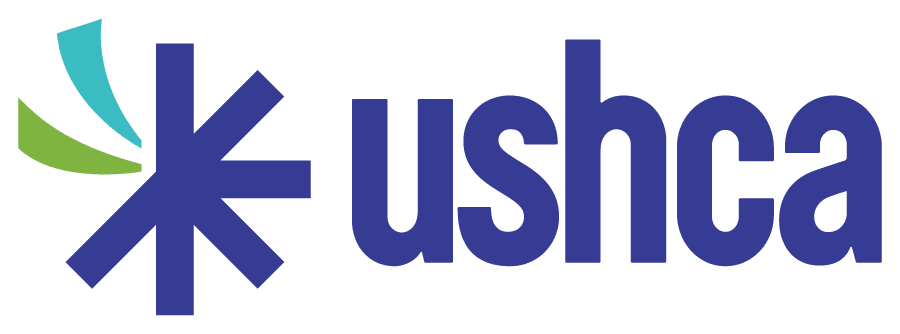by Danielle Pickens, Chief Program Officer
The landscape of education talent management is shifting dramatically, and our recent USHCA Academy 2024 made one thing crystal clear: education HR teams can’t keep doing what they’ve always done. The challenges facing our teacher workforce require bold, strategic solutions rather than incremental changes. Here’s what you need to know about the seismic shifts reshaping our field.
- Teacher Pipelines have Shifted
The traditional pipeline for bringing teachers into the profession is undergoing radical change. Teacher preparation program enrollment continues to decline, but there’s a silver lining: innovative “Grow Your Own” programs are gaining momentum. In just two years, registered teacher apprenticeships expanded from 2 states to over 37 – a clear signal that we need to think differently about how we find and develop teaching talent.
Perhaps most significantly, we’re seeing a fundamental shift in how teachers enter the profession. With approximately one-third of new teachers in states like Texas now holding emergency certifications, and alternative certification programs enrolling increasing numbers of candidates, we can no longer rely on traditional certification as our primary indicator of teacher quality. This new reality demands that we reimagine what “day one readiness” means and how we support teacher development over time.
- The Digital Evolution of Teacher Recruitment
Gone are the days when posting a job opening would attract dozens of qualified candidates. Today’s reality brings new challenges and opportunities that require a fresh approach.
School districts must adapt to a world where mobile-first job searching is the norm and where Gen Z and Millennial candidates research potential employers on social media before even considering an application. Speed has become crucial in the hiring process – candidates typically lose interest if they don’t hear back within a week.
- Strategic Staffing: Aligning Talent More Intentionally with Student & Staff Needs
The way we think about staffing our schools needs a complete reset. K-12 student enrollment is declining across many regions, creating both pressure and opportunity to reimagine how we organize our teacher workforce.
Our current approaches often exacerbate existing challenges – higher vacancy rates persist in schools serving students of color and high-poverty communities, while first-year teachers are disproportionately assigned to struggling students. Meanwhile, teachers are increasingly vocal about their desire for more collaborative and dynamic work environments.
This combination of declining enrollment, inequitable staffing patterns, and evolving teacher expectations creates an imperative: we must move beyond traditional one-teacher-one-classroom models to explore innovative approaches that better serve both student learning needs and teacher preferences.
- Moving Beyond Traditional Retention Approaches to Sustainable Teacher Careers
The notion of teaching as a lifelong career is fading, replaced by a more fluid and dynamic career landscape. Today’s teachers show higher turnover rates, especially among new teachers and Teachers of Color, and report unprecedented levels of burnout compared to other professions.
With only 15% of teachers reporting high satisfaction with their pay, and growing interest in flexible work arrangements, it’s clear that traditional approaches to teacher retention need a complete overhaul.
- Personalizing Growth: Supporting Teachers Across Multiple Entry Points
The increasing diversity in preparation pathways means we’re welcoming teachers with widely varying skillsets and needs. Emergency certified teachers may bring valuable real-world experience but need different types of support than traditionally certified teachers. Similarly, alternatively certified teachers might excel in content knowledge but require more support in pedagogical strategies.
This diversity demands a more nuanced, personalized approach to teacher development. Rather than a one-size-fits-all model of support, we need flexible, targeted systems that meet teachers where they are and help them develop over time. This might mean creating differentiated mentoring programs, offering just-in-time support for immediate classroom needs, and building long-term development pathways that acknowledge different starting points.
Looking Ahead: From Firefighting to Strategic HR Leadership
The education sector is at a crossroads, and HR teams can no longer afford to simply react to challenges as they arise. Success requires shifting our focus from short-term solutions to strategic transformation.
This means moving beyond traditional approaches to:
– Build data systems that predict challenges before they become crises
– Create flexible structures that can adapt to changing workforce needs
– Develop comprehensive talent strategies that address the full employee lifecycle
– Design innovative solutions that acknowledge and reflect the realities of today’s workforce
The message from USHCA Academy 2024 is clear: the future of education HR isn’t about incremental change – it’s about transformation. We must spend time being more strategic rather than just fighting fires. Our success depends not just on answering today’s questions, but on building systems that can anticipate and address tomorrow’s challenges.
The question isn’t whether to change, but how thoughtfully and strategically we can lead this transformation to create better outcomes for our educators and students alike.
Want to learn more about these trends and how other districts are responding?
Check out our New Teacher Workforce Trends Assessment with all of the supporting research and reach out to our team for support in addressing these trends.

